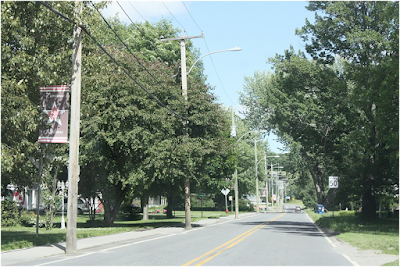Odissi
Odissi is one of the most elegant classical dance
styles of India based on the feminine style of dancing known as Lasya, hailing
from Orissa. Prevailing for more than 2,000 years, evidence proves that Odissi
existed in the 2nd century, but over the centuries went through various stages
of both progression and regression like other classical dances of India.
Through the medium of varied movements and expressions, different stories of
Hindu mythology are portrayed, particularly Vaishnavism. Nevertheless, stories
from other religions are also interpreted in Odissi. Hence, Odissi is a fine
representation of secularism and spiritualism.
Evolution and History:
Odishee (original name) archeological sites
related to Hinduism, Buddhism and Jainism and the carvings of dance and music
in the Manchapuri Cave in Udayagiri, reveal that Odissi existed in the 1st to
2nd century during the reign of Jain king Kharavela. Hathigumpha inscriptions
further ascertain the fact of the existence of this lyrical and graceful
classical dance of India.
The “Shilpa prakasha”, Odia architecture and
sculptures at the Lord Jagannath Temple, the Konark Temple with a “nritya
mandapa”, the Brahmeshwara temple in Bhubaneshwar, are other evidences of the
Odissi form. The 8th century saw the emergence of the saint composer and
philosopher Shankaracharya, and in the 12th century, the saint-composer
Jayadeva wrote the immortal classic Geet Govinda which is considered the
mainstay of Odissi repertoire.
Odissi dancers were referred to as Maharis
(devadasis). The dancers used to perform inside the sanctum sanctorum of the
temple and there were other dancers who danced in the temple courtyards and
further moved on to rich landlords and palaces, hence the degradation of dance
started for which not only the dancers but also the society is responsible.
Alongside, the traditional emergence of Gotipua (boy dancers) prevailed wherein
young boys danced dressed as girls.
Technique and music:
Like other classical dance styles, Odissi is also
based on the text of dance and dramaturgy, Bharata Muni’s Natya Sastra and
Nandikesvara’s Abhinaya Darpana. Natya Sastra mentions four vrittis (methods of
expressive delivery) in vogue like Avanti, Dakshinatya, Panchali and
Odra-Magadhi. Odra refers to Odissi. The Odissi technique comprises various
bhangas (symmetry body bends), torso deflections and hand movements. It all
starts with the chauka (basic stance) followed by other movements in different
rhythmic beats. Broadly, Odissi can be divided into two sections: movements
known as pure dance and abhinaya (expressional dancing). Students start
learning at an early age as it is not easy to master this art of geometrical
symmetry and stylized movements.
Classical and folk music with Odia lyrics forms
the music with raags like Kalyana, Nata, Baradi, Karnata, Bhairavi, Saveri,
etc., are used. Musical composers like Jayadeva, Dinakrisha Dasa, Kabi Samrata,
Upendra Bhanja, Banmali Dasa and Kavichandra Kalicharan Patnaik form the
mainstay of the Odissi repertoire.
The performance normally begins with an invocation
to Lord Jagannath known as Mangalacharan, followed with a rhythmic pure dance
item known as Pallavi, a fine combination of rhythm, music and melody, Abhinaya
numbers like Dashaavataram, Ashtapadis from Geet Govinda, and finally Moksham,
that symbolises the union of the human soul (jeevatma) with divine soul
(parmatma).
Pioneer mentors and repertoire:
The pioneer mentors of Odissi are Kelucharan
Mohapatra, Gangadhar Pradhan, Pankaj Charan Das and Raghunath Dutta, top
dancers like Sanjukta Panigrahi, Sonal Mansingh, Ragini Devi, placed Odissi on
the international platform followed with Dr Priyambada Mohanty, Laxmipriya
Mohapatra and Kum Kum Mohanty and Kasturi Pattnaik further enhanced the
repertoire by increasing the numbers with new choreographic items. Sharon Lowen
from America and Illeana Citaristi from Italy are recognized as devoted
performers.
Some of the professional dancers from Mumbai are
Jhelum Paranjape, Daksha Mashruwala, Shubhada Varadkar and Debi Basu. Young
talented dancers include Madhur Gupta, Vinod Kevin Bachan (disciple of
Padmashri Ranjana Gauhar), Ankur Balal and Debasis Patnaik.



















